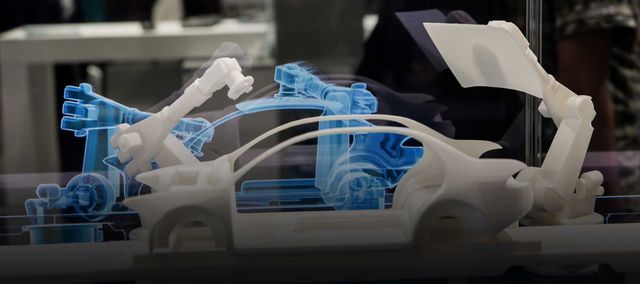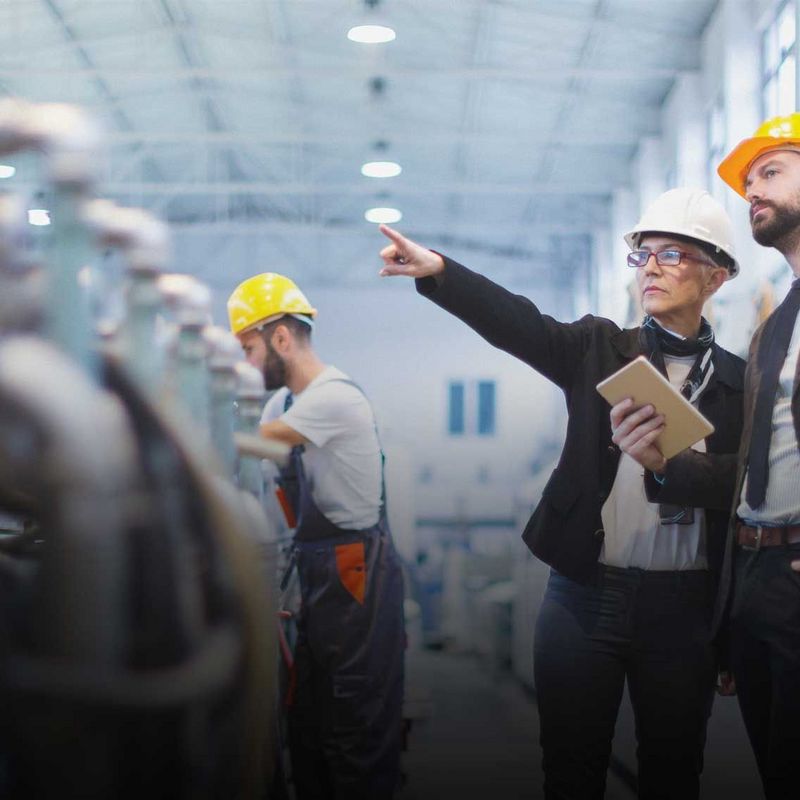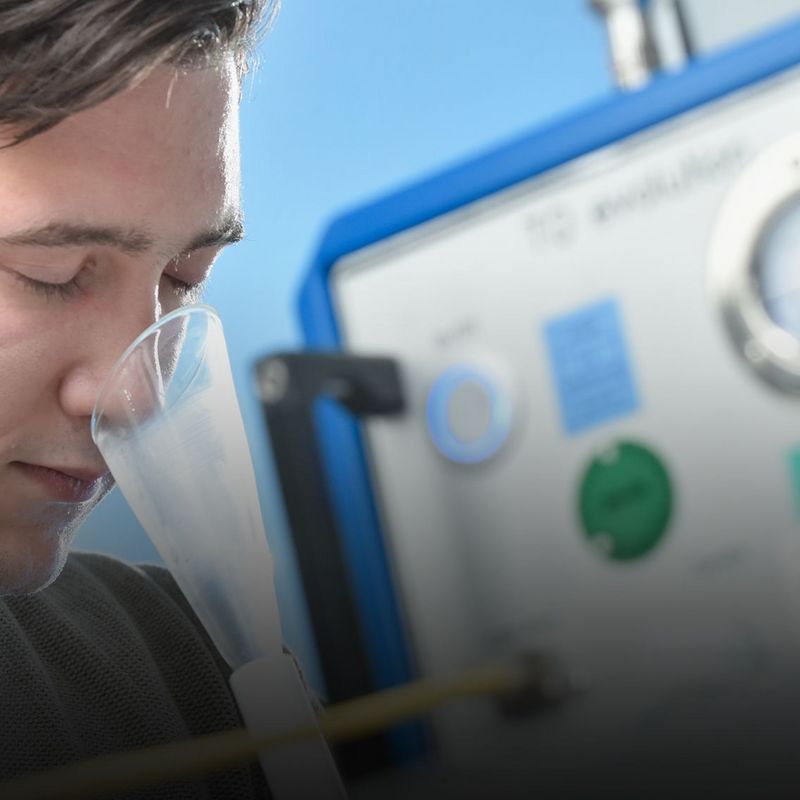27 September 2018
The expression “digital twin” possibly makes you think of an Avatar in a computer game, your own online existence or an AI double from a science fiction film. In a short interview, Carsten Becker from TÜV NORD explains what a digital twin really is and how it can help wind turbines and lifts in the real world run for longer.
#explore: What is a digital twin?
Carsten Becker: A digital twin is the digital replica of a physical asset. This can be almost anything, from a turbine though a complete industrial plant up to a mine. Sensor technology is used to provide the digital replica continuously with data from the physical twin, which means that it is not necessary to be on site with the real turbine in order to see if it is still operating correctly. In the case of lifts, up to now there has been an annual inspection which checks if the lift comes to rest at exactly the correct point – the floor of the lift and the destination floor must be at exactly the same level without any sort of edge. This is important so that, for example, it is also possible to enter or leave the lift in a residential home with a walking frame without tripping or stumbling. A digital twin can let me know at any second if the lift is in the correct position, which is of course a great advantage. In addition, a digital twin is not only able to monitor the technical condition of a piece of plant or machinery, it can also forecast when certain components will fail. This is the significance of “predictive maintenance”. Using the concrete example of a lift, it means that if it is taking longer and longer for the door to close, it is possible – based on the data and statistical methods – to predict that the door will fail within a certain time. But if I need more time than this to obtain the necessary replacement parts, I can also use the digital twin to simulate how the lift must be used in order to keep the door in operation for an extended period.
#explore: Where can such a digital twin usefully be employed?
Carsten Becker: In all cases where on the one hand I can collect sufficient technical information by means of sensors and on the other it is advantageous to use this measuring technique from the economic point of view – because of course it is not cheap. So it is beneficial in all areas where there are high levels of investment and therefore considerable costs in case of failure – and it is no surprise that companies like Siemens and GE are among the first users. Digital twins are particularly suitable for wind and other turbines, lifts, pumps and also many industrial and power generation plants. The cheaper the technology becomes, the more uses will be found for it, but it already makes sense today for all types of critical infrastructure.
"Defence mechanisms exist in order to ensure that sensor data cannot be hacked or manipulated."
#explore: To what extent does a digital twin also present a challenge for cybersecurity?
Carsten Becker: There is certainly a real risk which needs an appropriate response. It must be ensured that the data of the digital twin are correct, because they lead to options for action in the real world. If, in the case of a wind turbine for example, rotational speeds or outputs are displayed which seem too low, it can lead to the operator remotely raising them, possibly leading to overload or damage. The malicious computer worm Stuxnet was used to remotely manipulate displays in Iranian nuclear plants in order to achieve this. Of course, defence mechanisms exist in order to ensure that sensor data cannot be hacked or manipulated. On the one hand I can ensure that sensors are used which are certified for safety. On the other hand, inclusion of so-called secure elements – such as those certified by TÜViT – can ensure that the data cannot be hacked and changed during transmission by means of a “man-in-the-middle attack”.
#explore: Can the digital twin replace the human inspector in the medium term?
Carsten Becker: A digital twin in the sense that we know it today is not necessarily a comprehensive replica of the complete turbine. The essential points which are decisive for functioning are measured. At the same time, today’s sensor technology is not able to measure everything that we currently inspect on site at a realistic price ... in the case of lifts, personal inspection covers 76 points. Very probably many years will pass until these can all be replicated digitally. The presence and work of a real inspector is therefore still important and will remain so for a long time to come. However, aspects such as the correct stopping point of the lift can already be much more comprehensively monitored by means of a digital twin.
You may also like
About
© TÜV NORD
Carsten Becker leads the Corporate Center Innovation in the TÜV NORD Industrial Services business unit. Along with his team, Carsten, who has a degree in industrial engineering, works on IT security, sensor technology, the Internet of Things and Factory 4.0.



